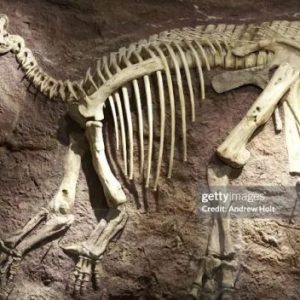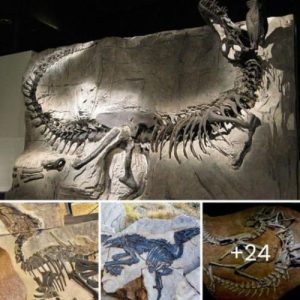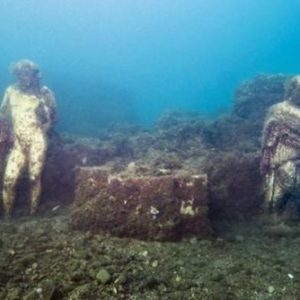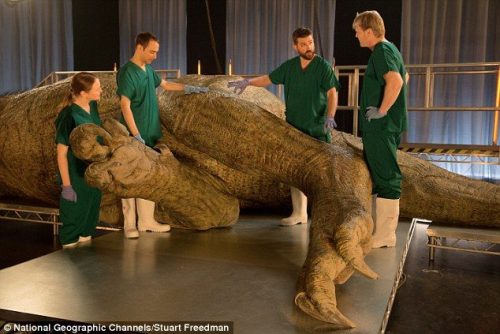
The fascination with dinosaurs has captivated our imagination for centuries. These ancient giants of the Earth, shrouded in mystery, continue to inspire awe and curiosity. Among them, the Tyrannosaurus rex, often referred to as T-Rex, stands as one of the most iconic and enigmatic prehistoric creatures. Now, scientists are embarking on an unprecedented journey to dissect a life-sized T-Rex replica, aiming to unearth long-held secrets about this colossal predator.
The T-Rex: A Timeless Enigma
The Tyrannosaurus rex, or T-Rex for short, roamed the Earth during the Late Cretaceous period, approximately 68 to 66 million years ago. This magnificent beast was one of the largest carnivorous dinosaurs to ever exist, with an estimated length of up to 40 feet and a weight of 9 tons. Its enormous size, powerful jaws filled with serrated teeth, and seemingly unmatched dominance in its ecosystem have solidified its place as the “King of the Dinosaurs.”
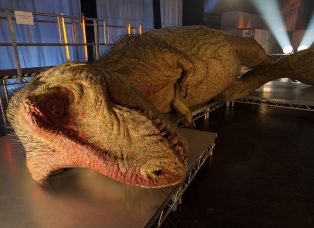
Despite our extensive knowledge of the T-Rex, there remain numerous unanswered questions about its biology, behavior, and even its role in the ecosystem. Scientists have made incredible strides in understanding this remarkable creature, but mysteries persist, and the quest for knowledge continues.
The Unconventional Approach: Dinosaur Autopsy
In a groundbreaking scientific endeavor, a team of paleontologists and researchers have set their sights on a unique method to unlock some of the T-Rex’s well-guarded secrets. They plan to carry out what can be described as a “dinosaur autopsy” on a life-sized T-Rex replica. While this may sound like a scene from a science fiction movie, it is a very real and ambitious undertaking.
The chosen specimen is a life-sized, incredibly detailed T-Rex model, created with impeccable precision. Unlike traditional paleontological research, which often relies on fossilized remains, this approach provides an opportunity for scientists to examine a full-scale model in three dimensions.
Why This Approach?
One might wonder why scientists are choosing such an unconventional approach when they already have access to T-Rex fossils. The answer lies in the limitations presented by the fossil record. Fossils, while invaluable, can be incomplete, and they often don’t preserve soft tissues, muscles, and other crucial anatomical details. This ‘autopsy’ approach will help researchers delve deeper into the finer details of the T-Rex’s anatomy.

Key Objectives of the T-Rex ‘Autopsy’
Uncover Soft Tissues: One of the primary objectives of this endeavor is to unveil the secrets of the T-Rex’s soft tissues. By dissecting the life-sized model, researchers aim to understand how muscles, ligaments, and other soft structures were positioned in the dinosaur’s body. This could provide critical insights into its movement and behavior.
Jaw Mechanics: The T-Rex’s massive jaws are one of its most iconic features. However, the precise mechanics of how it used its jaw to hunt and feed remain a subject of debate among paleontologists. The autopsy will allow scientists to explore the intricacies of its jaw, teeth, and bite force.
Internal Organs: Traditional fossils rarely preserve internal organs. This autopsy approach presents a unique opportunity to examine the T-Rex’s vital organs, potentially shedding light on its digestive system, respiratory system, and more.
Life-like Reproduction: The T-Rex replica is designed to be as anatomically accurate as possible. This means the dissection could provide scientists with insights into the dinosaur’s posture, gait, and physical capabilities.
The Quest for a Comprehensive Portrait
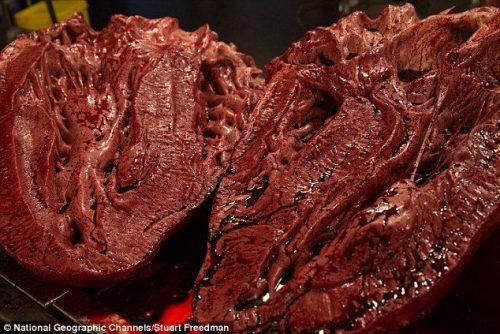
This daring endeavor is driven by the pursuit of a more comprehensive portrait of the T-Rex, a creature that continues to captivate our collective imagination. While the ‘autopsy’ approach is unconventional, it holds great promise for uncovering answers to longstanding questions about the T-Rex’s biology and behavior.
This ambitious project exemplifies the ever-evolving nature of scientific exploration and the willingness of researchers to push the boundaries of convention to advance our understanding of the natural world. As the T-Rex ‘autopsy’ unfolds, it’s a reminder that the mysteries of the past still have much to teach us, and our quest for knowledge knows no bounds. Stay tuned for updates as this unprecedented journey into the heart of a life-sized T-Rex continues to unravel the secrets of a colossal predator that once ruled our planet.


